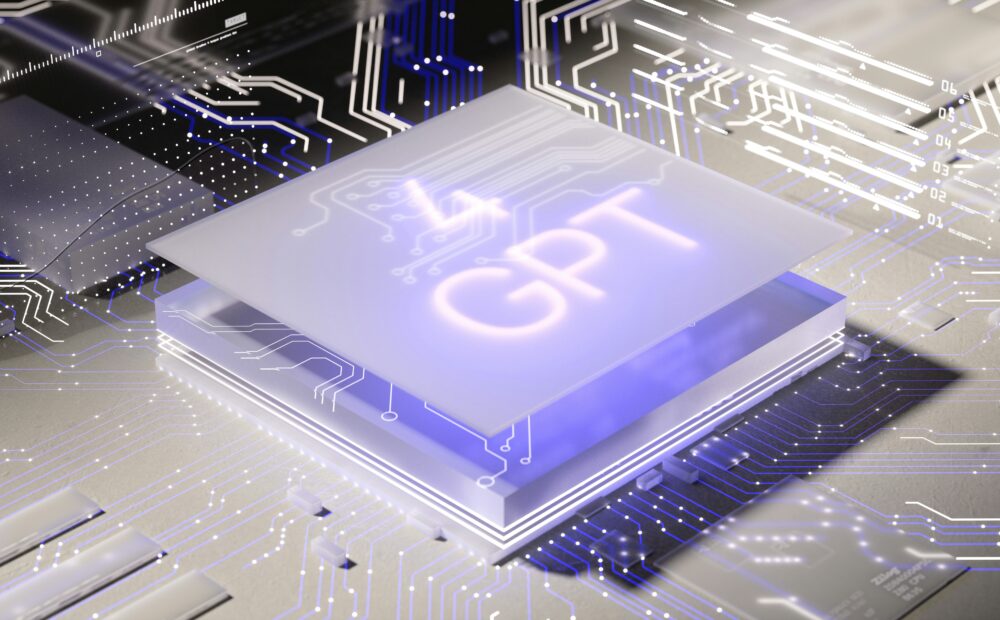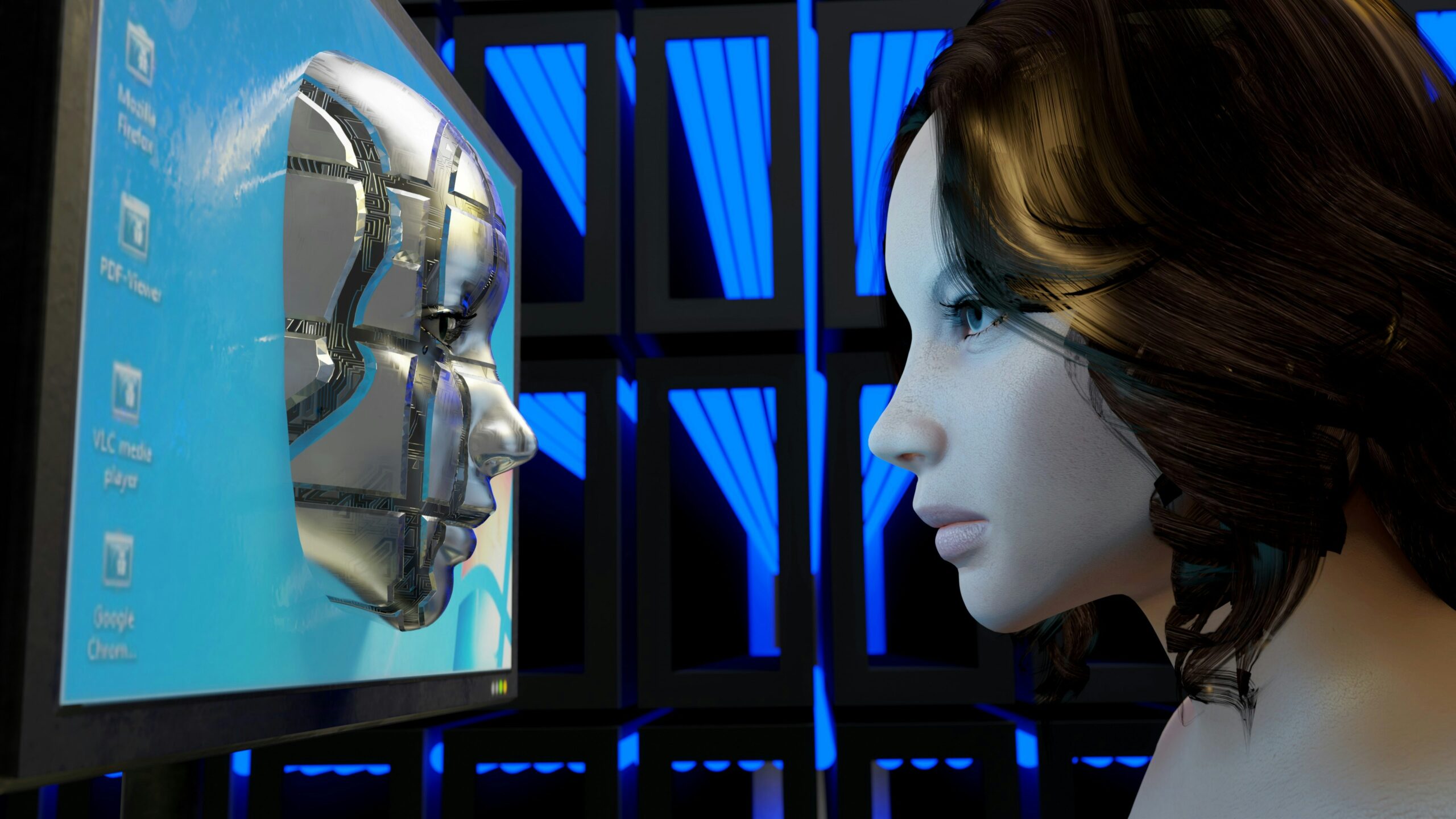
Artificial intelligence (AI) is about to become your new best friend in the classroom. If it’s not already lurking in the background, it will be soon. From personalized learning to automating boring, tedious tasks, AI is transforming education and giving teachers more time to do what they do best: teach.
But, like any industry grappling with AI, the technology also comes with a downside. The question educators must answer is how they can harness AI to make their classrooms better while doing so ethically.
Don’t worry if you aren’t sure how to formulate an answer to that query, you won’t be graded! In fact, we’re going to give you the answers.
AI: The Ultimate Teacher’s Assistant
Even if you’re not fully aware of it, AI is probably already working behind the scenes at your school. But educators who fully embrace it are ahead of the pack and seeing the benefits.
Personalized Learning
We all know every student learns differently. With AI, no one has to be left behind or held back. Adaptive learning tools track each student’s progress, engagement, and performance to create a personalized learning experience. It’s like having a tutor for each student. How cool is that?
Accessibility For All
For students with disabilities, the use of AI solutions can be a readily available accommodation. Tools like text-to-speech software help students with visual impairments or reading difficulties by reading digital content out loud. AI can level the playing field and make education more inclusive, so every student gets the chance to succeed.
A Teacher’s AI Assistant
We all know teachers are swamped with administrative work. AI can take over 20-40% of those tasks, giving educators about 13 extra hours a week. Imagine what you could do with that time — plan creative lessons, dive into innovative teaching methods, or just take a breather.
Grading is a dreaded task for most teachers, but with AI-driven tools, it can be handled automatically. Assignments, quizzes, and even essays can be graded at scale, with instant feedback for students. Plus, AI can easily catch plagiarism.
Data-Driven Decisions
Sometimes, struggling students slip through the cracks. With AI’s predictive analytics, teachers can spot potential issues early. AI tools flag at-risk students based on grades, attendance, and engagement, helping teachers step in before it’s too late.
Questions and Answers About AI in the Classroom
While there are many benefits to bringing AI into the classroom, there are also some very valid concerns. Let’s study each concern and how IT can help mitigate each of those risks.
Protecting Student Data
The most pressing concern about AI being introduced into the school environment is how it will handle sensitive student data that needs to be protected by laws like the Family Educational Rights and Privacy Act (FERPA) and General Data Protection Regulation (GDPR). AI needs access to a lot of data to work, but how is that data handled?
Question: How can schools use AI while ensuring sensitive data is protected?
Answer: Encrypt all sensitive data and keep it secure. Regularly update encryption keys to prevent unauthorized access.

Avoiding Bias
AI has the potential to be biased, whether in the content it presents or in how it assesses students of different backgrounds. This can skew the learning experience and harm students’ progress.
Question: What can school leaders do to make sure bias doesn’t affect students’ learning and assessments?
Answer: Schools should work with AI providers who can prove their systems were trained on diverse datasets. Ask questions and make sure the AI has been tested with real student data to ensure fairness.

Over-Reliance on AI
AI is awesome, but we don’t want students to start relying on it for everything. Critical thinking is still a must, and we want students to continue sharpening their problem-solving skills.
Question: What if students decide to turn to AI for every single problem and don’t sharpen their critical thinking skills?
Answer: Balance is key. AI should be a tool, not a crutch. Teachers need to keep encouraging critical thinking, while using AI to enhance, not replace, the learning process.

Finding Room in the Budget
AI can be expensive. There’s no getting around it. While some tools are affordable, others can cost thousands of dollars. For many schools, especially those with tight budgets, this can be a major hurdle.
Question: How can schools harness AI without breaking the bank?
Answer: Schools can start small. Look for free or low-cost versions of AI tools, seek out grants, or partner with education technology companies for pilot programs. Small-scale implementations can give schools a taste of AI’s benefits without going beyond their limits.

AI in Schools is Here to Stay
AI in the classroom isn’t just a futuristic fantasy. It’s here, and it’s already making a difference. With the right tools, AI can personalize learning, help teachers reclaim their time, and even make education more inclusive for all students.
But, like any tool, it’s important to use AI wisely. From protecting student data to making sure we avoid biases, schools need to stay mindful of how they implement this tech. With the right balance, AI can help create a smarter, more efficient, and more inclusive classroom for everyone.

So, what are you waiting for?
Let AI be your classroom’s next assistant.
